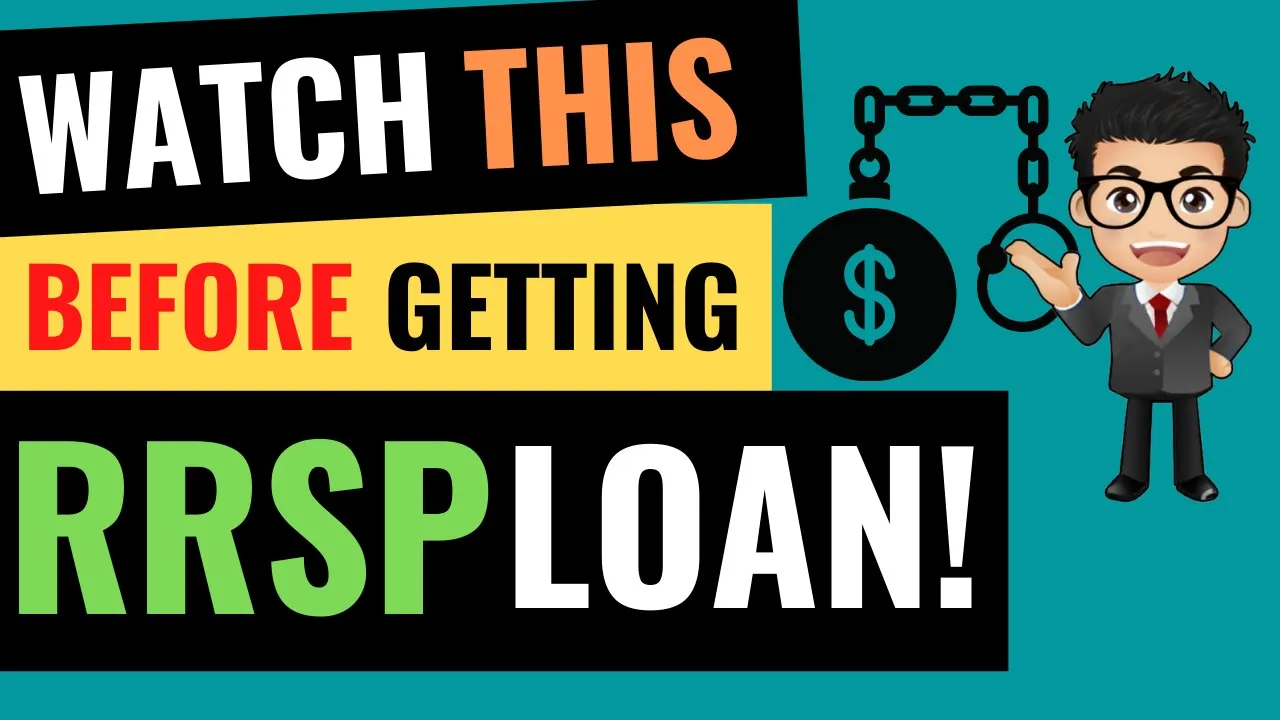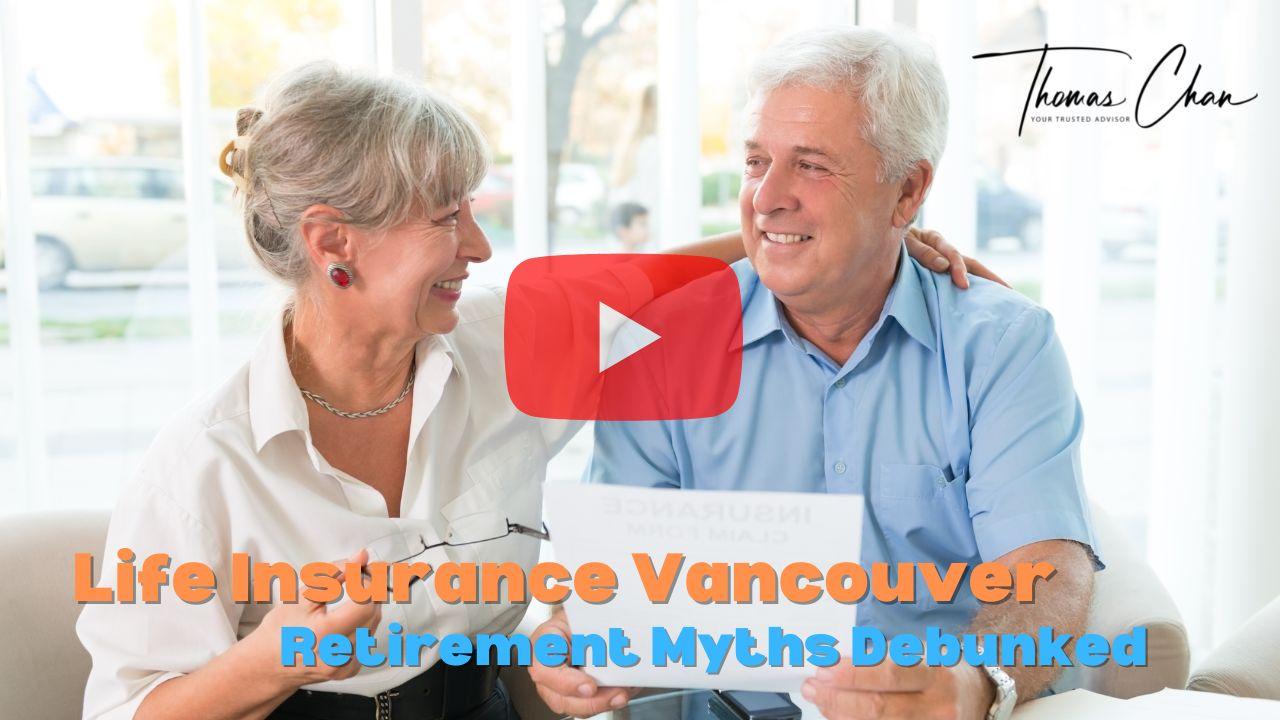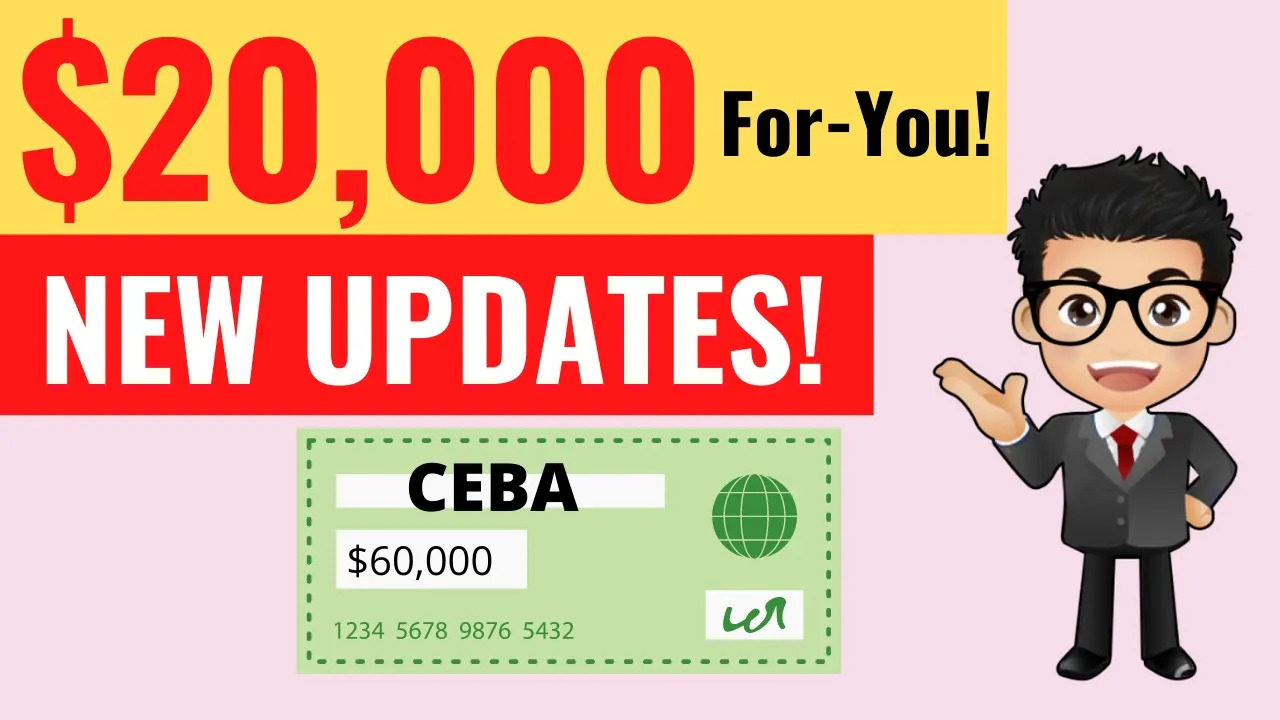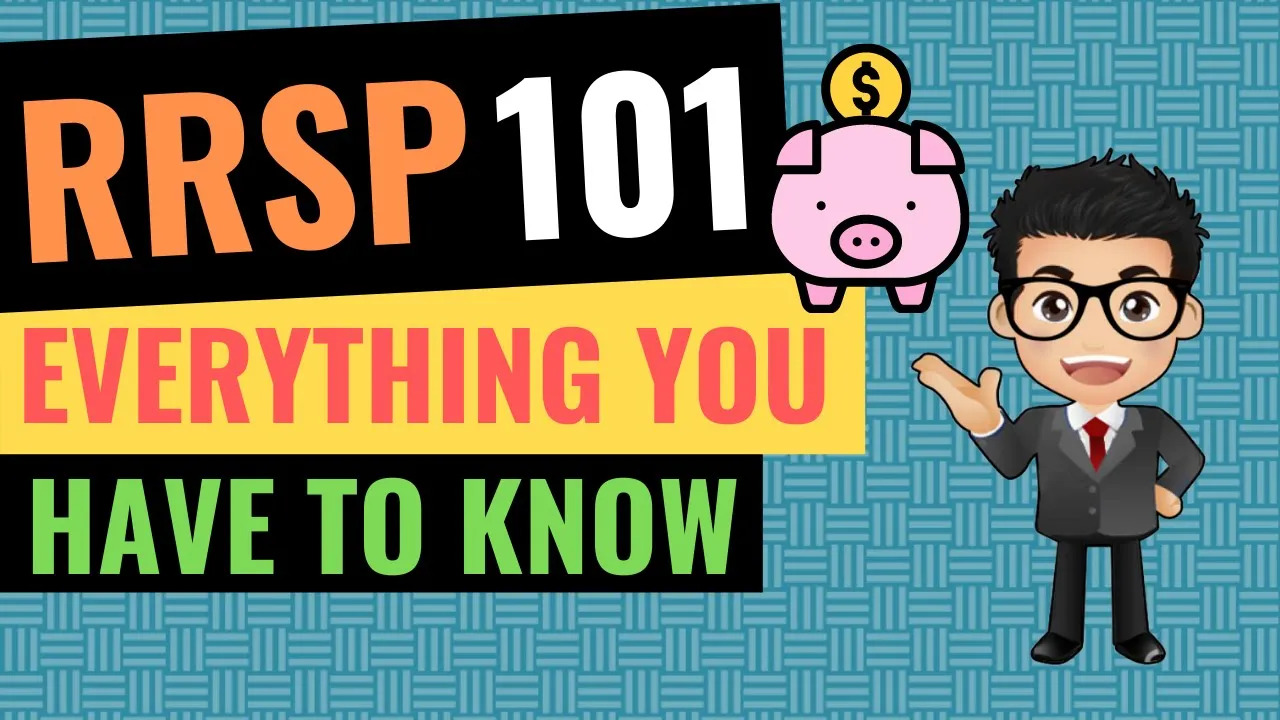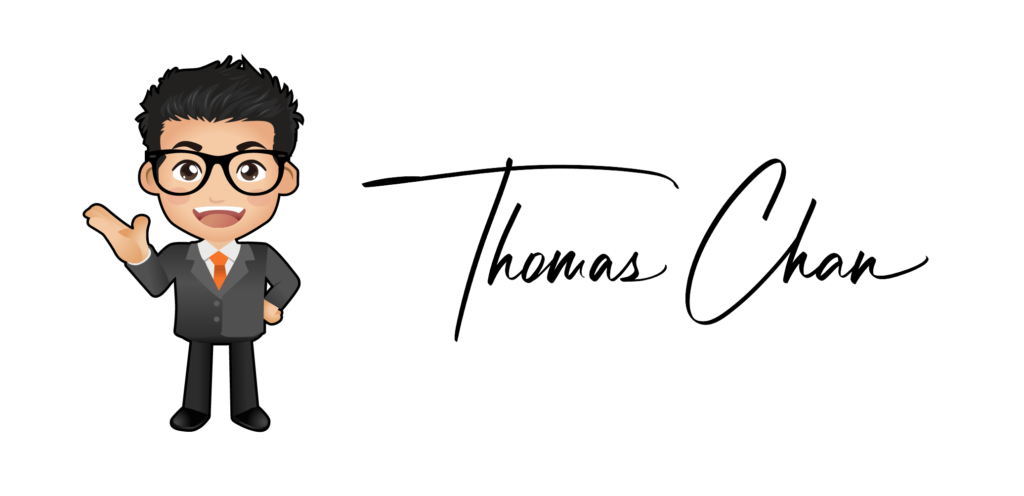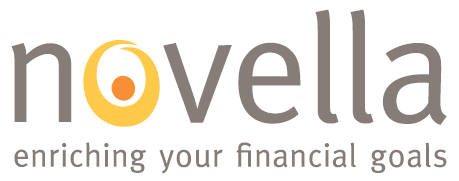The Registered Retirement Savings Plan (RRSP) serves as a vehicle for Canadians to increase their funds for retirement, and in this introduction to RRSPs, I will cover all the essentials you need to understand about RRSPs. The Canadian Revenue Agency (CRA) offers favorable tax treatment to RRSPs, and I will explain how to leverage this advantage to its fullest as you prepare for your retirement in Canada. Let’s get started!
Benefits of RRSP
RRSP has two big benefits:
- It helps you with lowering your taxable income meaning you are paying less tax which is especially beneficial for those who work a regular 9-5 as you’ll see a bigger tax return.
- It helps you grow your investments tax-free within the account until you take it out.
You might think that if you’re going to be taxed regardless, why does it matter now? A smart investor will always opt for getting taxed later instead of now. Time helps with compounding growth and allows you to prepare for the bill when you do get taxed.
I’ll give you an example but be aware that I’m not an accountant and this is a ballpark figure for illustration purposes. For an exact number, please see an accountant.
How RRSP helps with your taxes
Many people call the RRSP a tax later account. This is because when you put money into an RRSP you don’t have to pay tax on your contribution until you take it out again. For example, you earn $70K a year and the tax bracket is at 18% (rounded to make the math easier). You will have to pay $12,600 in taxes to the CRA. However, if you put $10K into your RRSP, that will reduce your income to $60K and now your tax bracket will drop to 16%, dropping your taxes to $9,600 with a savings of around $3,000. Lowering the taxable income with RRSP is especially useful for people who are in a higher tax bracket.
A frequently asked question about RRSP is how to determine if your tax bracket is high enough to make the RRSP worthwhile. Generally, there are many layers of tax brackets that include both provincial and federal so it can be confusing. Here’s a simple break down into 3 tiers:
- The first tier is an annual income up to about $40K
- The second tier is an annual income up to $80K
- The third tier is anything about $80K
If you fall in the first tier, you don’t need to worry too much about RRSP and instead, focus on your TFSA. If you are in the third tier, you’ll want to leverage RRSPs to boost your savings. Knowing your tax bracket will help you maximize your RRSP benefits. For an accurate number for your situation, please see a professional accountant.
Grow your investments with RRSP
As I said, RRSP stands for registered retirement savings plan and that’s why many people think it’s a savings account, but you should treat it as an investment account. You can hold stocks, bonds, and other investments in your RRSP. There are no capital gains, interest, or any other taxes within the account – that money is protected from tax. The general idea is that you want to put money into your RRSP when your income is high (because you will be in a high tax bracket) and you take the money out when your income is lower (which is usually during retirement.)
Keep in mind, when you take the money out it counts as income but you have to pay taxes. In theory, if your income is low, then your taxes will be relatively lower.
Important things you should know about RRSP
There is a limit to how much you can contribute to your RRSP
In 2021, the contribution limit is $27,830 or 18% of your previous income.That’s the upper limit set by the CRA.For any unused room, you can carry forward to next year. For example, if you made $100K in 2020, your RRSP room in 2021 would be $18K. Keep in mind, income can be your work income, self-employment income, rental income and more.
If you have incorporated, paying yourself in dividend will not increase your RRSP room next year.
If you have a pension plan, that will share the same RRSP room, so keep that in mind.
RRSP has a contribution timeframe
Normally you have one whole calendar year to do it. But CRA also lets you use the first 60 days of the year to count towards last year’s contribution as well. The banks will market this as the RRSP season and always promote the RRSP loan. So if you have extra savings and you want to lower your tax bills, you have until March 1st to decide and after that, it’ll be too late.
The flexibility in withdrawal with RRSP
A lot of people prefer TFSA instead of RRSP mainly because of the flexibility in withdrawal. Since TFSA is using after-tax money to invest, you cannot deduct your income. However, you don’t have to pay any taxes when you withdraw. Whereas, RRSP is using pre-tax money which means you can deduct your taxable income right away. However, the withdrawal will be treated as income for that year and 100% of it will be taxed.
With our Canadian pension plan, one of the government retirement benefits is income-related. Keep in mind that withdrawing too much in RRSP may reduce your CPP benefits.
RRSP has a maximum age limit
Once you turn the age of 71, the RRSP automatically becomes an RRIF, a registered retirement income fund. RRIF has a minimum withdrawal meaning you are forced to withdraw a portion and you have to pay tax accordingly.
Common Misconceptions about RRSP
There are a few things people often misunderstand when it comes to RRSP.
Thinking your RRSP is an investment
No, an RRSP is not an investment. It is an account that can hold investments. You can have term deposits in there and you can hold stocks or bonds as well. You’ll be surprised by how many people don’t know what to do with their RRSP accounts.
Like a coffee mug, you can put water in it or you can put coffee or if you want, you can also put beer in it. You can open several RRSP accounts but the contribution limit stays the same.
Thinking you cannot take money out of your RRSP until retirement
This is not true either. RRSP itself does not lock you money but there are downsides to taking out the money as you’ll have to pay taxes on it and you lose your contribution room. Beyond that, there are no other penalties.
However, there are two situations in which you can take money out of your RRSP tax free: when you want to buy your first home or when you want to go back to school.
If you want to buy a home, you can use the Home Buyer’s Plan. It allows you to take out a maximum of $35.000, tax free. Keep in mind that you have to pay this money back in a span of 15 years after so Imagine it as giving yourself an interest-free loan.
If you want to invest in your own education you can take out up to $20,000 and pay it back in a timespan of 10 years.
These plans can be beneficial but they’ll also reduce the amount of time you have to grow your investments. It can be a good idea to leave all your money inside your RRSP and save up for a home elsewhere.
TIP: If you’re going on maternity leave this year, you can consider lowering your last year’s taxable income by contributing into RRSP within the first 60 days of this year. That way you will receive an extra tax return. Then during your mat leave, you will be receiving EI which means your income will be 50% lower so take your RRSP out then to even out the tax bill.
My company provides RRSP matching but I don’t want to take it because I think the money is locked in for a long period of time
If your company is offering this to you, TAKE IT. First of all, it’s free money! It will double your tax return and it’s a guaranteed 100% return on your contribution. It will be stupid not to take advantage of it. Even if you left the company, 9 out of 10 times, you can transfer it back into your own personal RRSP.
I hope this guide was able to provide you with some clarity with RRSP. I’d love to know what your experience is with RRSP and what you’re doing with it. Leave a message for me in the comments below or feel free to contact me directly with any questions. Subscribe to my YouTube channel to learn more about how you can grow your wealth in Canada.

